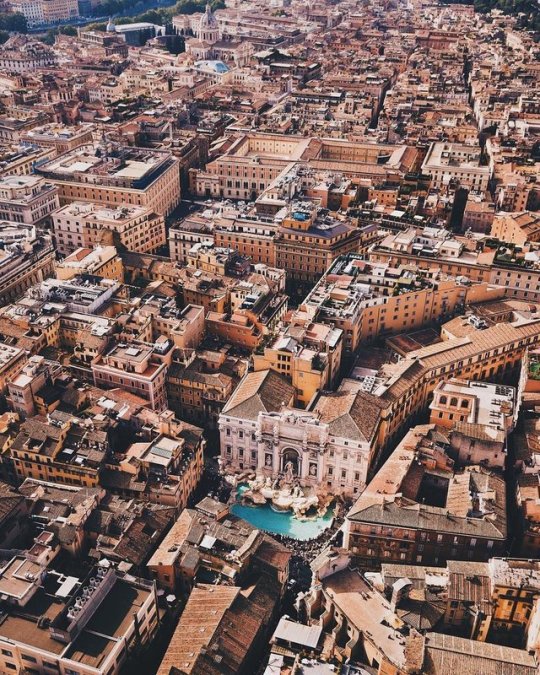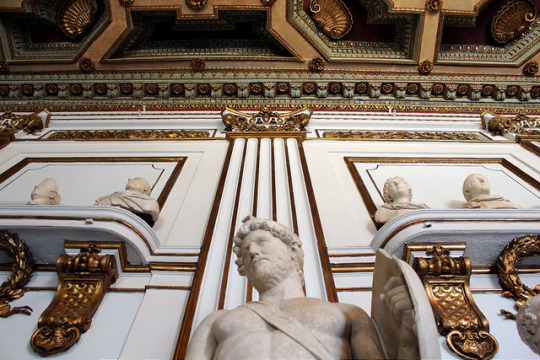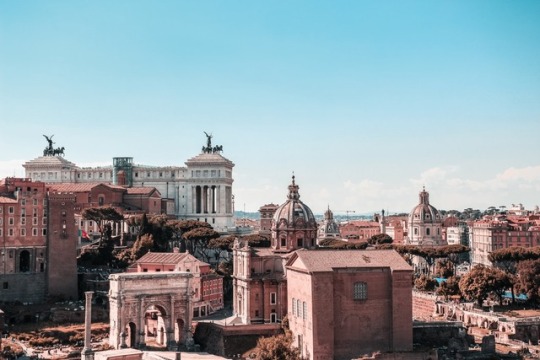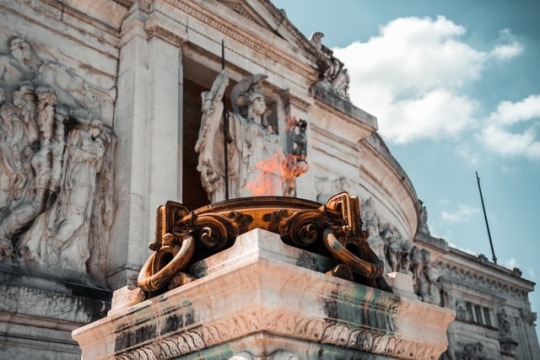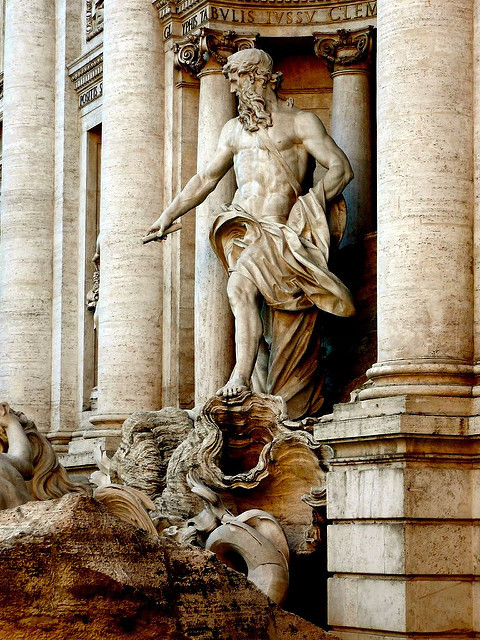Don't wanna be here? Send us removal request.
Text

Vista dalla Galleria Chiaramonti, Musei Vaticani
77 notes
·
View notes
Photo


Peace, you never seemed so tedious As now – no, never quite like this.
~ Sappho
Views of Galleria Borghese, Rome
14K notes
·
View notes
Photo
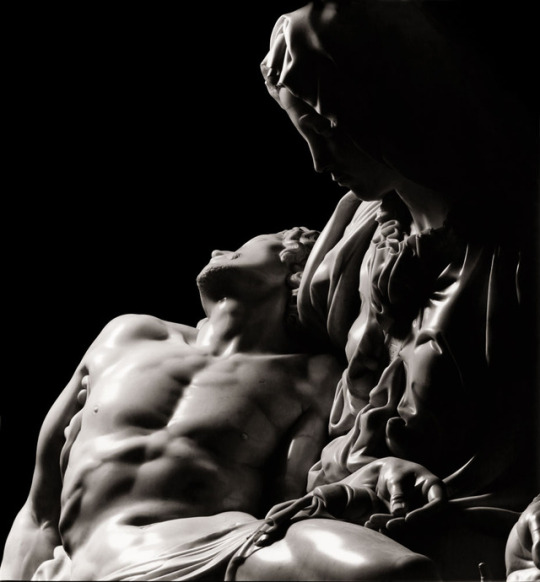
Michelangelo Buonarroti’s “Pietà” in St. Peter’s Basilica, Vatican. (photo by Aurelio Amendola)
3K notes
·
View notes
Text





Capuchin Crypt
There are six total rooms in the crypt, five featuring a unique display of human bones believed to have been taken from the bodies of friars who had died between 1528 and 1870.
Crypt of the Resurrection, featuring a picture of Jesus raising Lazarus from the dead, framed by various parts of the human skeleton.
The Mass Chapel, an area used to celebrate Mass, and does not contain bones.
Crypt of the Skulls
Crypt of the Pelvises
Crypt of the Leg Bones and Thigh Bones
Crypt of the Three Skeletons The center skeleton is enclosed in an oval, the symbol of life coming to birth. In its right hand it holds a scythe, symbol of death which cuts down everyone, like grass in a field, while its left hand holds the scales, symbolizing the good and evil deeds weighed by God when he judges the human soul. A placard in five languages declares: "What you are now we used to be; what we are now you will be..."
4 notes
·
View notes
Photo



Villa del Balbianello, Lago di Como, Italia
3K notes
·
View notes


